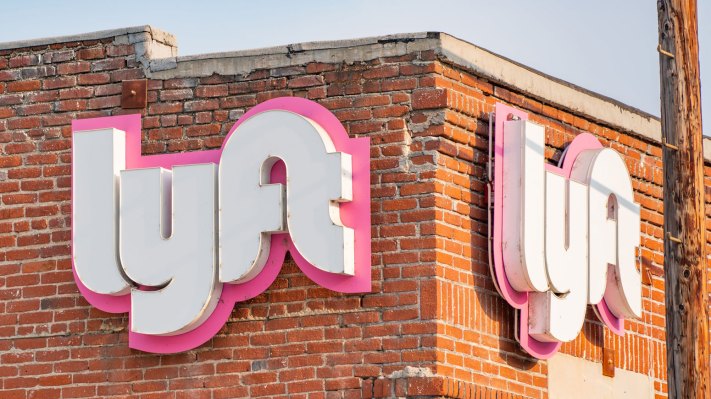Lyft shares tanked as much as 12% moments after the company reported first-quarter earnings as investors placed more weight on a dim outlook and lower quarter-over-quarter revenue than other financial gains.
Shares have since stabilized in after-hours trading, now trading down about 10%.
Lyft beat both its own revenue expectations and Wall Street’s, but it wasn’t enough to assuage investors focused on the ride-hailing company’s future.
The company closed the first quarter of the year with $1 billion in revenue, up 14% from the same quarter last year. It should be noted that its Q1 revenue is lower than $1.2 billion it generated in Q4. Analysts had expected $977 million for the first quarter, and the company promised $975 million in February.
That revenue gain is on top of a net loss of $187.6 million, a 4.7% improvement from the $196.9 million it lost in the same period last year. It’s also significantly better than the $588.1 million in net losses posted in the fourth quarter of 2022. Lyft attributed much of that loss in Q4 to $201.3 million of stock-based compensation and related payroll tax expenses.
On an adjusted basis, Lyft earned $22.7 million, compared to $54.9 million a year ago. It is an improvement from the adjusted loss of $248.3 million in the fourth quarter of 2022.
The company’s operating cash flow was in negative territory for the quarter with a loss of $188 million. Lyft closed out the quarter with cash and cash equivalents of $509.6 million, an increase from $281 million last quarter.
Lyft issued guidance for the second quarter of about $1 billion to $1.02 billion, an indication that the company is not expecting much growth in the coming quarter. On an adjusted EBITDA basis, Lyft expects to earn between $20 million and $30 million, with an adjusted margin of 2% to 3%.
Notably, the company did not issue guidance for the full year, a move that can suggest the company is uncertain about its future or an expectation of changes to come.
The first quarter has been a tumultuous one for Lyft as the company brought on a new CEO and president, issued layoffs for 26% of its staff and dropped certain offerings like shared rides. David Risher, the former Amazon executive who took over for co-founders Logan Green and John Zimmer, said he wanted Lyft to focus on the basics of ride-hail. Given these cost-cutting measures and the coming of warmer seasons, which are usually a boon for the ride-hail industry, investors might be put off by second-quarter revenue guidance that mirrors the first quarter.
During Lyft’s earnings call Thursday, analysts and investors will want to know how the new leader will help Lyft continue to compete with Uber. The ride-hail competitor beat analysts’ expectations and demonstrated strong financial footing due to its business model that spans across ride-hail and delivery.
Meanwhile, Lyft has been cutting away the extra fat off its business since last year when it closed down its car rental scheme. This quarter, the company is also shutting down its Fleet products focused on personal car ownership and is spinning off Loop, the company’s cloud infrastructure, into a standalone business. Loop was operating in stealth mode and had a single-digit team, according to a Lyft spokesperson.
Lyft didn’t share much in the way of updates about its bikeshare business. Risher only reiterated the company’s plan to create more of a cross-pollinating ecosystem between bikeshare and ride-hail, but didn’t get into specifics. That side of the business is also expected to see some cuts as it gets “leaner and more focused,” according to an April blog post from the company.
